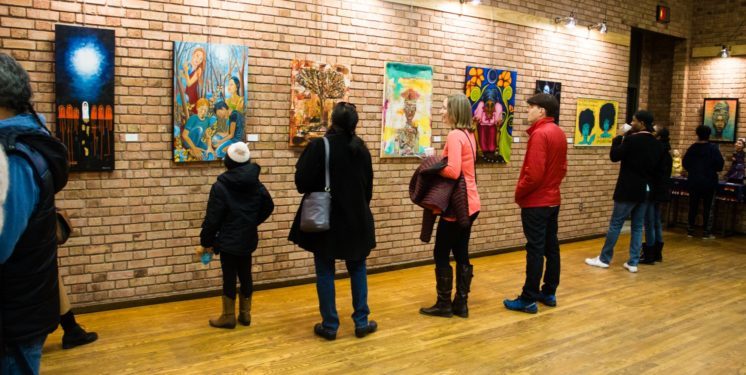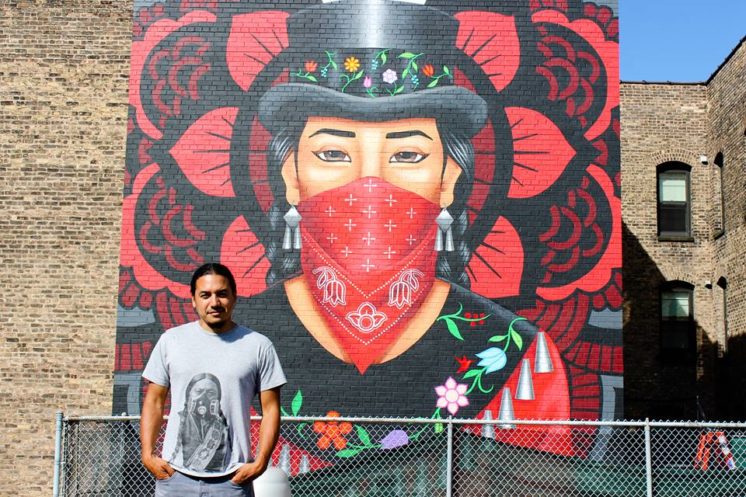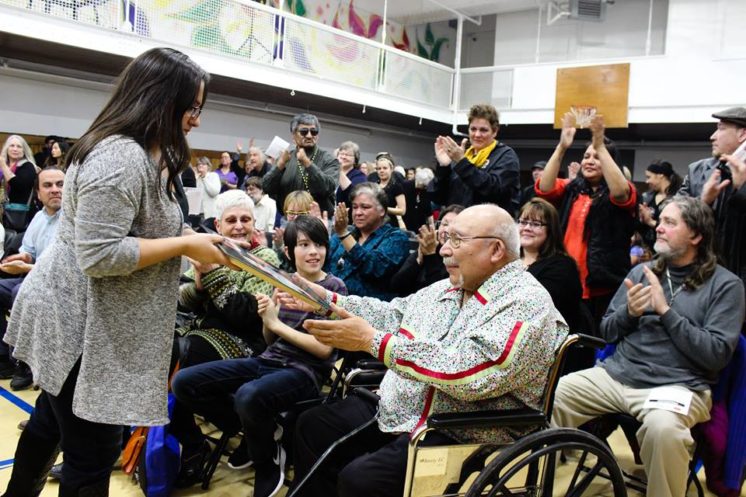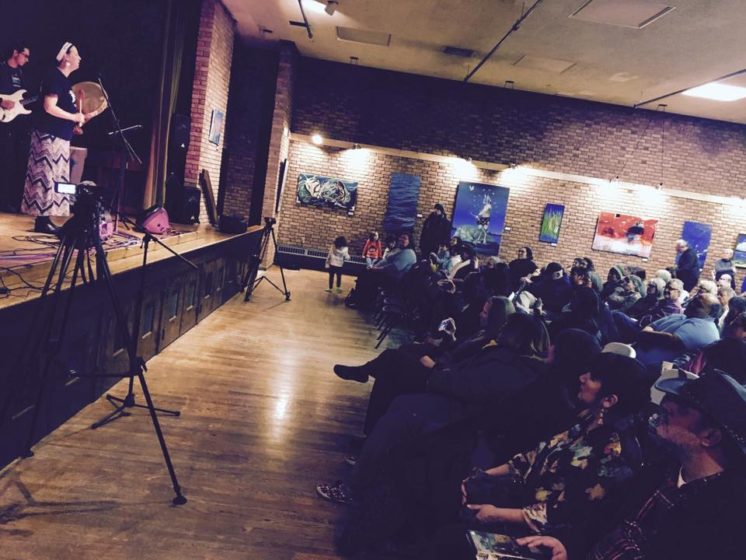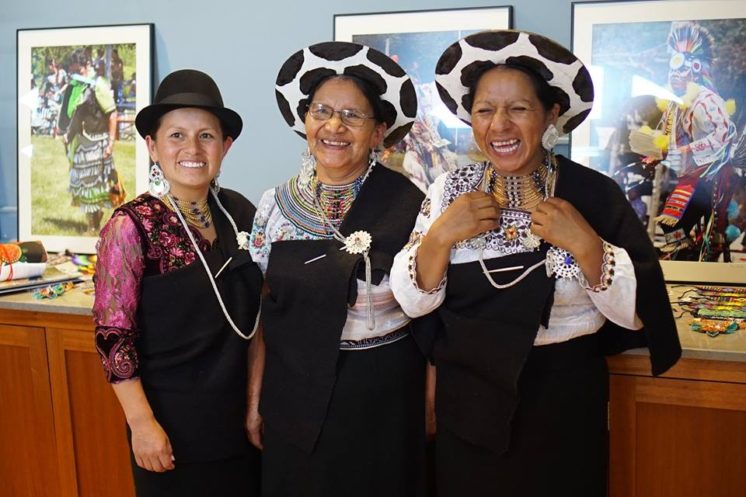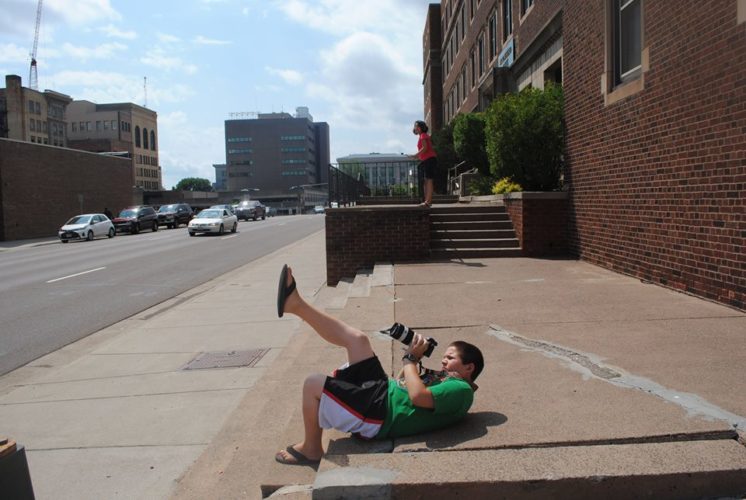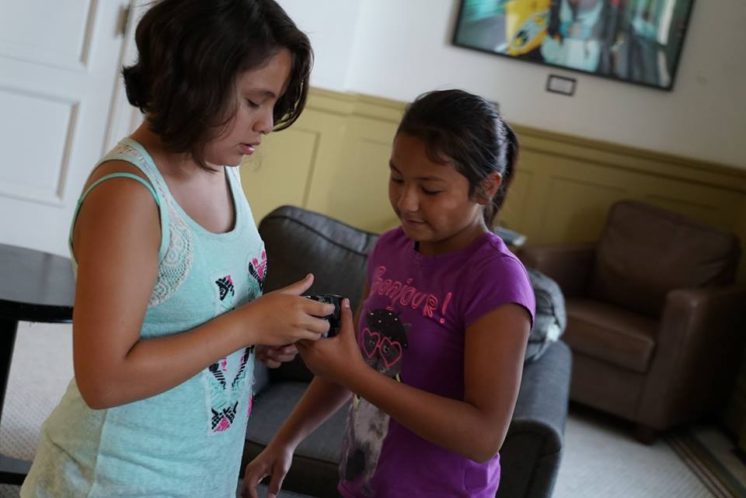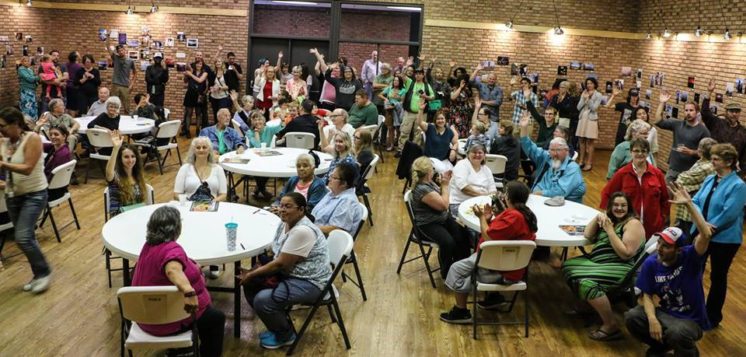Phenomenal Art Exhibition for Women of Color
In continuing a tradition of Duluth “firsts,” the American Indian Community Housing Organization hosted an exhibit last month celebrating artists who identify as women of color. This was the first exhibit to feature only the work of our region’s least represented demographic of artists — Indigenous, Black, Latinx and Asian women. A total of 31 different artists representing a wide range of backgrounds and cultures submitted their work for display in the Dr. Robert Powless Cultural Center, drawing in a crowd of 300 in an opening reception that took place alongside an award ceremony for some of AICHO’s most influential women leaders. As the exhibit comes down this week, here’s a few ideas for reflection …


